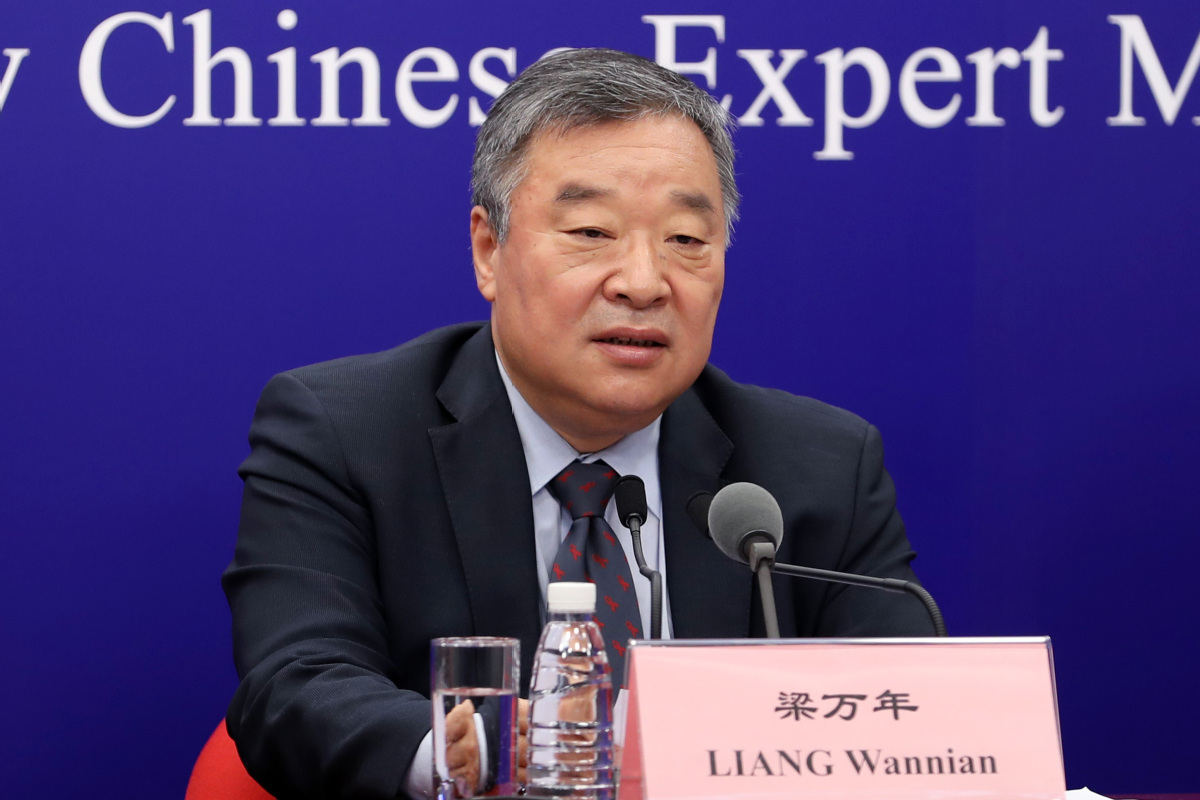Officials, experts discuss issues raised in Western media


Officials and experts attending Thursday's news conference also commented on a number of issues that have been raised in Western media.
Data sharing
China had presented sufficient data in accordance with requests by experts from the World Health Organization's mission to China on the origins of the COVID-19 virus, said Liang Wannian, the team leader of the Chinese side of the China-World Health Organization joint expert team.
Liang said China had shared clinical data on early COVID-19 patients, information from epidemiological surveys and lab test results with the expert team for joint study and analysis, and the findings were later published in the WHO report.
However, Liang said, the data contained personal information, and it is against relevant laws and regulations in China to allow such data to be taken to other countries.
The Chinese side had explained the situation to the foreign experts, and after reaching a consensus, the data was made available to the joint expert team during its mission, but the experts could not take photos or make copies of the raw data, he said.
Liang said China had not purposefully withheld data from the research team, and the credibility of the conclusions of the report is not undermined simply because China wants to protect its citizens' privacy by not allowing such personal data to be taken to other countries.
Mojiang cases
No bat coronavirus was found in the serum samples of those who fell ill while working in a mine in Mojiang county, Yunnan province, in 2012, so their cases aren't related to the COVID-19 outbreak, said Yuan Zhiming, director of the National Biosafety Laboratory in Wuhan, Hubei province.
He said that in July and October 2012, the institute received a total of 13 serum samples from four workers.
According to studies published on the topic, these workers were cleaning bat guano in a cave in Tongguan township, Mojiang. They all suffered from a pneumonia-like respiratory disease, and Shi Zhengli, China's leading bat coronavirus researcher, later discovered that their illness was caused by a fungal infection.
Despite these clarifications, some still speculate that SARS-CoV-2 either originated from the cave, or that the Wuhan institute had engineered a close relative of the virus found in that cave in order to make it more infectious to humans.
Yuan said such speculation was false and had been debunked numerous times. The RaTG13 virus, the closest known relative to SARS-CoV-2, with a 96.2 percent genetic similarity, was discovered in the Tongguan cave in 2013, and not from the serum samples of these workers in 2012, he said.
"There is no evidence to prove that RaTG13 and related bat coronaviruses are in any way related to the illness reported by the mine workers from Mojiang in 2012," Yuan said.
Data deletion
Novel coronavirus genome sequences initially uploaded to an international database by Chinese researchers in March 2020 were later deleted on their request, because the researchers no longer needed the genome sequences to be available in a public archive to facilitate the publication of a research paper in a journal, said Zeng Yixin, vice-minister of the National Health Commission.
The researchers, from Wuhan University in Hubei, had no intention of hiding or covering up information, Zeng said, adding that they recently uploaded all 242 items of genome sequencing information from 61 infected samples to a Chinese public database, the Genome Sequence Archive, and global scientists can now access the data.
He added that these samples were not among the earliest infections found in Wuhan, and provide very limited information regarding the origins of the virus. However, a researcher in the United States had fabricated a conspiracy theory, accusing Chinese researchers of withholding data.
"Such actions go against scientific principles and have already been criticized by many international experts," Zeng said.
- New advanced AI development base launches in China
- Record-breaking inbound travelers arrive in Shanghai onboard single ship
- Asia's first FPSO built in China
- Ziyang Fuxi Tea makes international debut in Kazakhstan
- Haileybury Tianjin thrives with Beijing-Tianjin-Hebei development strategies
- Fruitful results for South East Asian nations and China since 2016 agreement




































